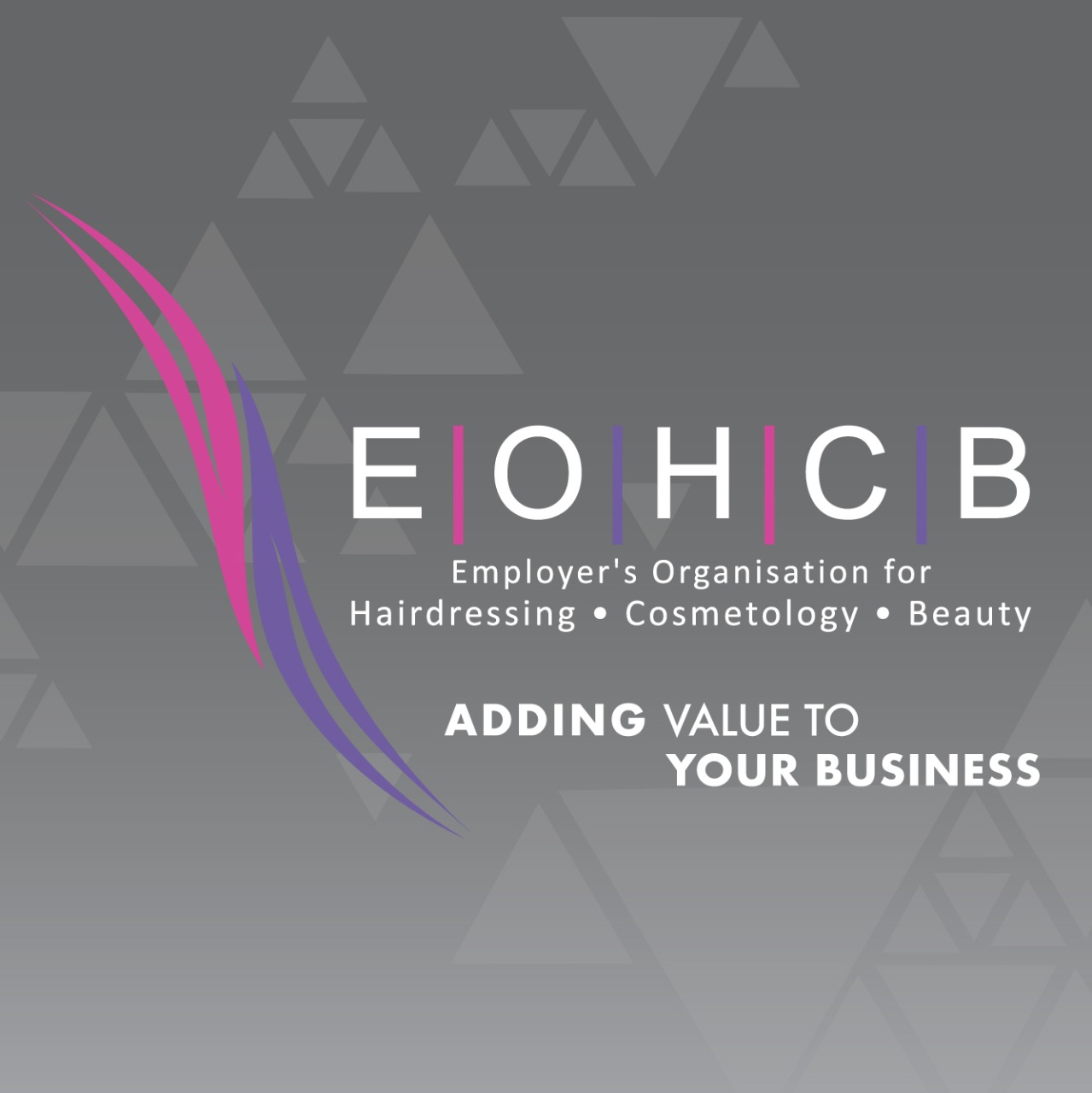NAVIGATING SEXUAL HARASSMENT RISKS IN THE HAIR & BEAUTY INDUSTRY
- EOHCB National

- Jul 15
- 3 min read

The South African hair and beauty industry is known for its vibrant culture, creativity, and personal connection with clients. However, behind the scenes, the same proximity and interpersonal dynamics that fuel the industry can create unique risks, especially around sexual harassment.
From stylists and therapists working one-on-one in close quarters with clients, to apprentices seeking mentorship in hierarchical environments, sexual harassment can arise subtly and escalate quickly if left unchecked. As the industry is regarded as professionalised, it's essential to unpack the risks, the legal definitions, and the roles of employers in preventing harm.
Understanding the Scope: What Is Sexual Harassment?
Under the Employment Equity Act (No. 55 of 1998) and its accompanying Code of Good Practice on the Prevention and Elimination of Harassment in the Workplace (2022), sexual harassment is defined broadly to include:
Verbal conduct: Sexual innuendo, jokes, suggestive comments.
Non-verbal conduct: Staring, leering, displaying sexually explicit materials.
Physical conduct: Unwelcome touching, groping, assault.
Quid pro quo harassment: Favours, promotions, or continued employment offered in exchange for sexual conduct.
In the beauty industry, these behaviours may be harder to detect because of the inherently physical nature of services like massages, waxing, or hair washing. A light touch meant professionally can be perceived or misused in ways that feel invasive or intimidating.
The Grey Area: Consensual vs. Coercive
Sexual harassment hinges on the absence of consent. In workplaces where hierarchies are pronounced or employment is precarious (e.g., freelancers, trainees), distinguishing between consensual interaction and coercion is critical.
Key questions to consider:
Was there an imbalance of power (e.g. manager vs. junior stylist)?
Was the relationship freely entered into, without fear of reprisal?
Would the behaviour be unwelcome or offensive to a reasonable person?
Was the conduct repeated, despite objections?
What’s often overlooked is how fear of job loss, reputational damage, or workplace gossip can pressure employees to "go along" with inappropriate behaviour they don't genuinely welcome.
Risks Unique to the Beauty Industry
Client-on-staff harassment
Clients making lewd comments or inappropriate advances are surprisingly common. Staff, often trained to "keep the client happy," may struggle to assert boundaries especially when tips or reviews are on the line.
Managerial abuse of power
In small salons/spas or mobile setups, the owner or lead stylist/therapist may wield significant influence over scheduling, commissions, and career advancement. This dynamic can be exploited in cases of harassment or unwanted flirtation.
Workplace culture and “banter”
A laid-back or flirtatious culture is common in many beauty spaces. But “banter” that includes body-shaming, sexual jokes, or double intenders can create a hostile environment, especially for young or new employees.
Social media boundaries
Professionals often engage with clients or colleagues on Instagram or WhatsApp. Harassment can easily spill over into these private spaces, blurring the line between personal and professional interaction.
The South African Legal and Ethical Framework
The Employment Equity Act (EEA)
The EEA prohibits unfair discrimination and obliges employers to eliminate harassment, including sexual harassment, in the workplace.
Code of Good Practice on Harassment (2022)
This Code provides a framework for:
Identifying harassment
Establishing reporting procedures
Ensuring fair investigation and resolution
It also explicitly includes non-employees, such as clients or independent contractors, as potential perpetrators or victims.
Occupational Health and Safety Act
Employers are required to provide a work environment free of health and safety risks which includes psychological harm due to harassment.
Employer Duties: Prevention, Response, and Culture
Create a Comprehensive Harassment Policy
A solid policy must:
Clearly define harassment and outline examples.
Offer multiple, confidential reporting channels.
State disciplinary actions clearly.
Be available in languages employees understand.
Train Staff Regularly
Workshops or e-learning modules should:
Address industry-specific scenarios.
Empower staff to assert boundaries.
Teach bystander intervention techniques.
Set Clear Client Boundaries
Salon/spa signage and intake forms should include:
A code of conduct for clients.
A clear zero-tolerance statement.
Empowerment for staff to refuse service in unsafe situations.
Document Everything
Keep detailed records of:
Complaints
Investigations
Witness statements
Disciplinary steps
This not only supports legal compliance but protects your business against claims of inaction.
Foster a Culture of Respect
Management should model respectful behaviour. Praise professionalism over charm. Create safe spaces for staff to raise concerns without fear.
Red Flags Employers Should Watch For
High turnover among junior staff.
Staff avoiding certain clients or shifts.
Rumours or cliques around “favoured” employees.
Dismissal of concerns as “drama” or “misunderstandings.”
Unchecked, these signs can lead to reputational damage, legal liability, or even criminal complaints.
Accountability Builds Trust
The beauty industry relies on relationships. By ensuring that these relationships are founded on mutual respect, professionalism, and consent, salon/spa owners and employers not only protect their people they protect their brand and their future.
Sexual harassment isn't just a personal issue; it's a workplace risk that can be anticipated, managed, and prevented. In South Africa, where labour law strongly supports employee dignity, proactive employers are those who thrive.

